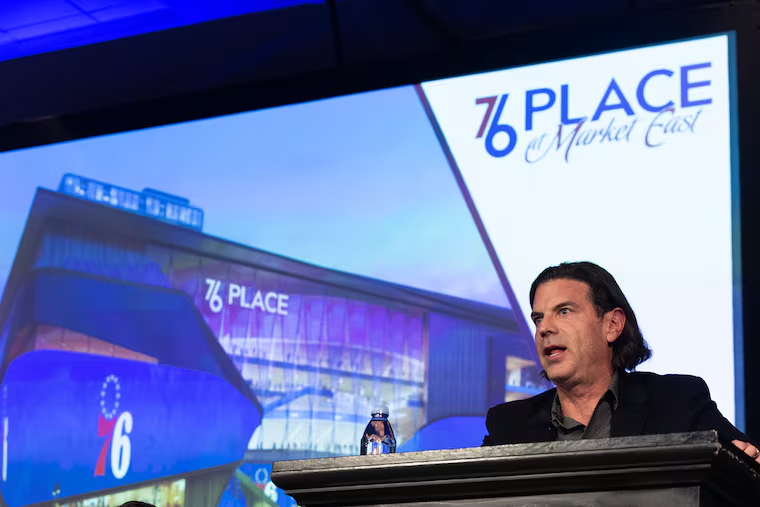Philly stadium owners don’t pay property taxes. Here’s what that means for the Sixers’ arena proposal.
The 76ers are proposing to give the land to the city, and lease it back from the municipal government. That would make the property exempt from real estate taxes that fund city services and schools.
